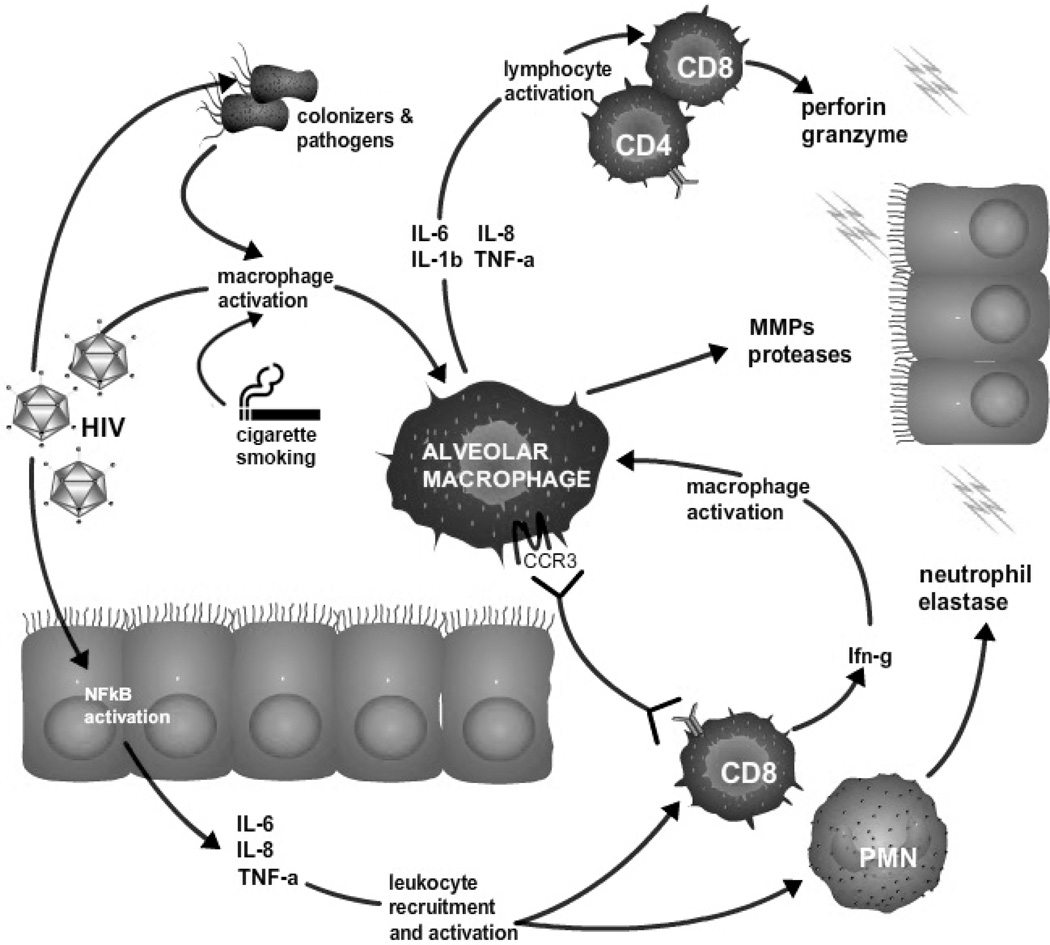Figure 1. Theoretical framework of development of HIV-associated COPD.
HIV-associated immune deficiency allows for high burden of microbial infection and colonization – both HIV virions and other microbes lead to macrophage activation. In addition to releasing matrix metalloproteases, activated alveolar macrophages express inflammatory cytokines that activate local CD4+ and CD8+ lymphocytes. Additionally, activated macrophages express the cytokine receptor CCR3, encouraging trafficking of CD8+ T-cells from the circulation. Activated CD8+ cells (which are likely to be senescent in the setting of chronic HIV infections) elaborate interferon-gamma, which leads to amplification of macrophage activation. Additionally, HIV directly activates NFκB in alveolar epithelial cells, leading to expression of inflammatory cytokines, further driving leukocyte recruitment and activation. Recruited and activated immune cells may cause local pulmonary damage (i.e. COPD) and epithelial cell senescence via the expression of proteases, perforin, granzyme, and neutrophil elastase. Abbreviations: CCR, chemokine receptor; IFN, interferon; IL, interleukin; MMP, matrix metoalloprotease; NF, nuclear factor; PMN, polymorphonuclear cells; TNF, tumor necrosis factor.

